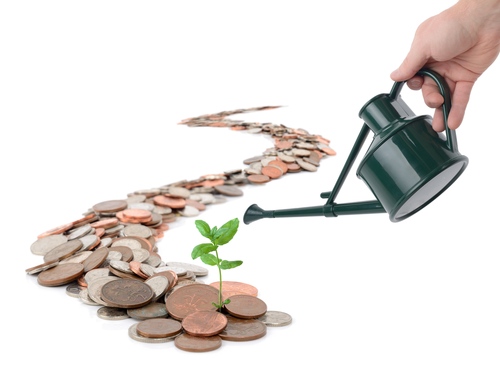Saving - Banking
The Your Money guide to Junior ISAs

As of April 6th, millions of parents will be able to take advantage of Junior ISAs, and start saving for their child’s future.
A decade ago, Child Trust Funds (CTFs) were introduced, encouraging parents to start building savings pots for their children. They were replaced by Junior ISAs in 2011, although only children born before September 1st 2002, or after January 3rd 2011, could enrol.
Now, millions of children born between these two dates are eligible for an ISA of their own.
We spoke to Adrian Lowcock, head of investing at AXA Wealth, about why parents should consider signing up – and how they can.
Should I switch to a Junior Isa?
CTFs are no longer offered; the emphasis now is very much on Junior ISAs. CTFs will gradually be phased out altogether; over time, the range of investment choices available to CTF holders will decline sharply. “Junior ISAs offer over 1,000 funds to choose from,” notes Lowcock, “and what’s more, they will cost you a lot less. Most share CTFs charge 1.5 per cent a year – Junior ISA fees can be as little as a fifth of that figure.”
How can I switch to a Junior ISA?
“Switching is child’s play,” he says.
Your first decision should which provider you want to switch to. It will supply you with a transfer form, which asks for your child’s details, your details, the account you are switching from and a direct debit instruction if you want to make regular payments into the new account.
Switching times may vary depending on the CTF provider you leave and the Junior ISA provider you join, but Lowcock believes “30 days is probably a fair average turnaround time.”
How much does switching to a Junior ISA cost?
Switching from a CTF to a Junior ISA won’t cost you a thing, unless the CTF is ‘non-stakeholder’.
“These types of CTF can charge exit fees, so check to see whether you’re liable,” Lowcock recommends.
How much money can I put in a Junior Isa?
Annual limits for Junior ISAs are exactly the same as caps on CTFs; at present, £4,000. As of April 6th this year, you will be able to invest up to £4,080 for the next tax year.
What’s the best Junior Isa?
There are a large number of Junior ISAs, and they all cater to different objectives, needs and means.
However, Lowcock recommends shares ISAs, as “with a Junior ISA, you’re in for the long haul.”
“Generally, equities always outperform cash – and funds held in cash accounts are, of course, ground down over time due to inflation.”
Will my child’s funds be taxed?
Children are taxed to much the same degree as adults. This mean that up to £10,000 of personal income gained in a year (whether via wages or interest) is tax-free.
“There are rules limiting the amount of interest a gift from a parent can accrue tax-free, which mean that monetary gifts to children that gain more than £100 in interest annually are taxed at the giver’s tax rate,” Lowcock says. “However, moving these funds to a Junior ISA keeps them tax-free. Another top reason for considering Junior ISAs.”
Are there any negatives?
One potential downside to Junior ISAs is that funds are released when the holder is 18 and parents have no influence over how that money is spent. You may have raised a responsible teen, but do you want to take that risk?
“I’ve long argued for a more prudent approach in this regard,” says Lowcock. “The ideal would be an account where the holder can access a certain amount before their 21st birthday, but have to be accompanied by a parent or guardian if they make a withdrawal.”
“Until then, a potential solution could be to set aside a certain amount of your own ISA allowance for your children – you retain control and access, but they effectively have money invested that is theirs.”